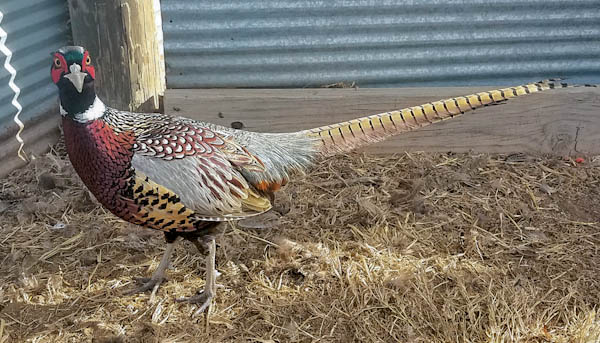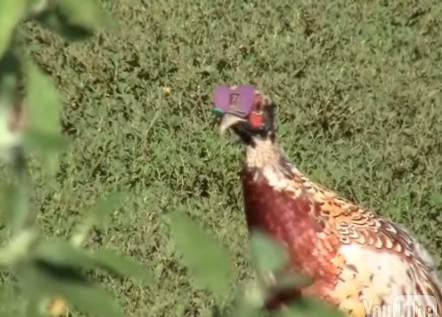Feed prices and their effect on Gamebirds prices
Nothing is sure but death and taxes . . . and that costs continue to go up when raising Gamebirds. Although I use pheasants as the focus of this article, the points made are just as true for partridges and quail. It takes about 18 lbs. of feed to raise a May hatched pheasant to maturity. However the pheasants that producers raise from July chicks and sell in March eat more than 18 lbs. of gamebird feed. In light of that, I am going to assume for this article that a pheasant eats 22 lbs. of feed on average.
Most pheasant producers feed their birds with various protein levels in their feed. We start our pheasants on 28% protein feed, step down to 26% at three weeks, and then feed a 20% grower from 6 weeks til the birds are sold at 24 weeks. We only use about 2 lbs. of 28% and 26% feed, so I am going to base my comments on the price of the 20% grower.
Twenty years ago, we could buy a fortified pheasant grower (not least costed) for about $140 per ton, or $.07 per lb. So using that 22 lbs. of feed per pheasant, feed cost about $1.54 per bird. Prices crept up til they reached about $250 per ton ($.125 per lb.) about 5 years ago. Then our feed prices really spiked, rising to $300 per ton and finally and eventually nearly $400 per ton 2 years ago. When feed prices reached $400 per ton – the cost to feed on pheasant rose to $4.40 per bird. In the midst of the feed price increases, most of our other costs increased also (e.g. health insurance for our employees, wages, and gas, diesel and LP to name a few). And the annual “cost of living” rose 3% on average too. At our farm, because of the competitiveness of the market, we were not able (or willing) to increase our prices to reflect the full effect of our feed cost and other cost increases.
Doing the math, from 5 years ago when grower was at $250 per ton ($2.75 per bird feed cost) to two years ago when feed was $400 per ton ($4.40/bird feed cost) we experienced a $1.65 per bird increase per bird just in feed cost, not counting the rise in cost of our other inputs. Because of the competitiveness of the game bird business, we “ate” a good portion of the additional cost so we could remain competitive.
It would be easy for our customers to assume that since the cost of feed has decreased somewhat, producers should lower our prices. This, however, is not practical, since we gave up profit and may have even lost money when the feed prices soared. We are now being given a chance to get back some of the margin we “ate” two and three years ago—after all, we are not in the game bird business to lose money.
Related Posts

Preparing Our Barns & Pens Each Spring
Read Post
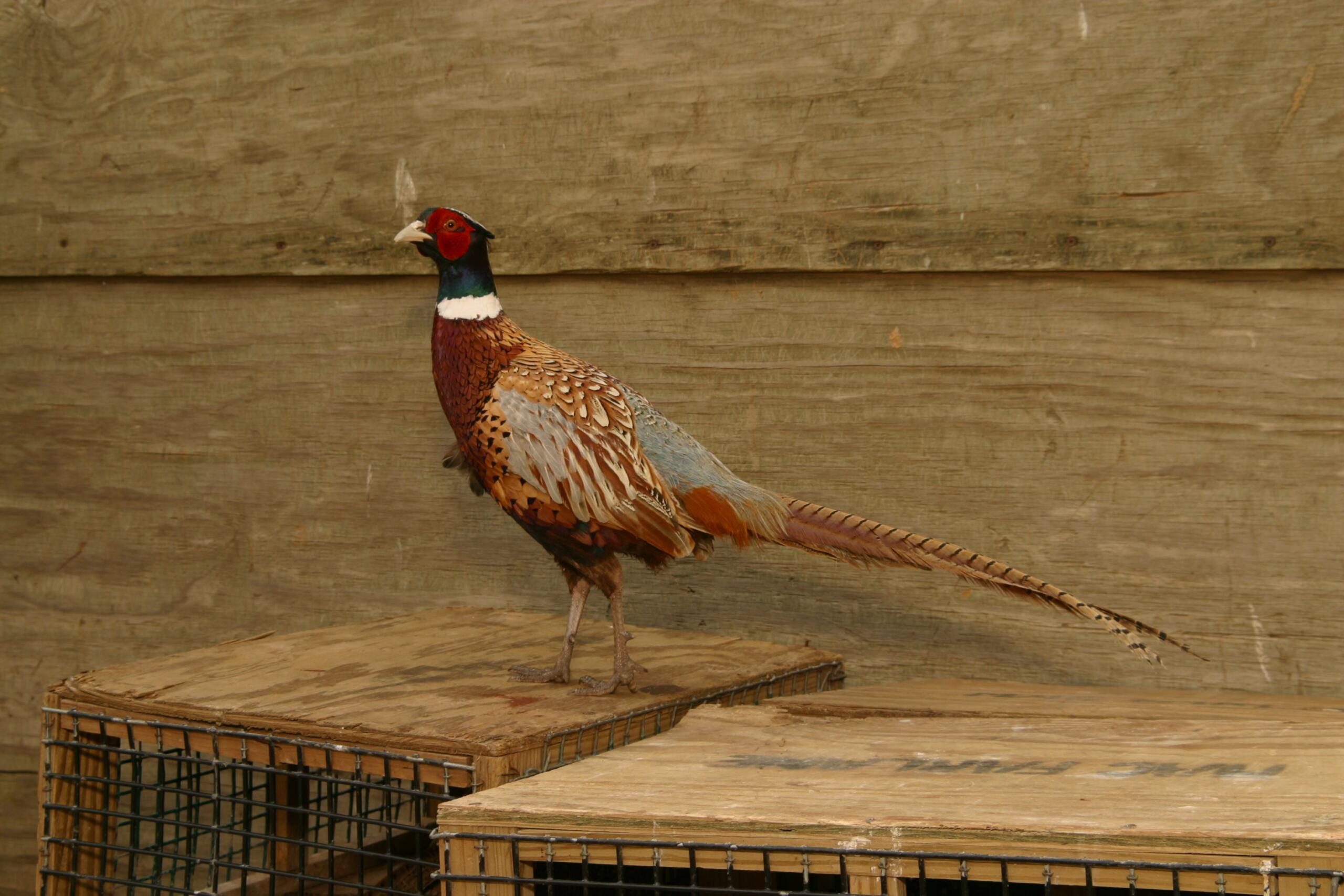
DuPont Financial Analysis Model
Read Post
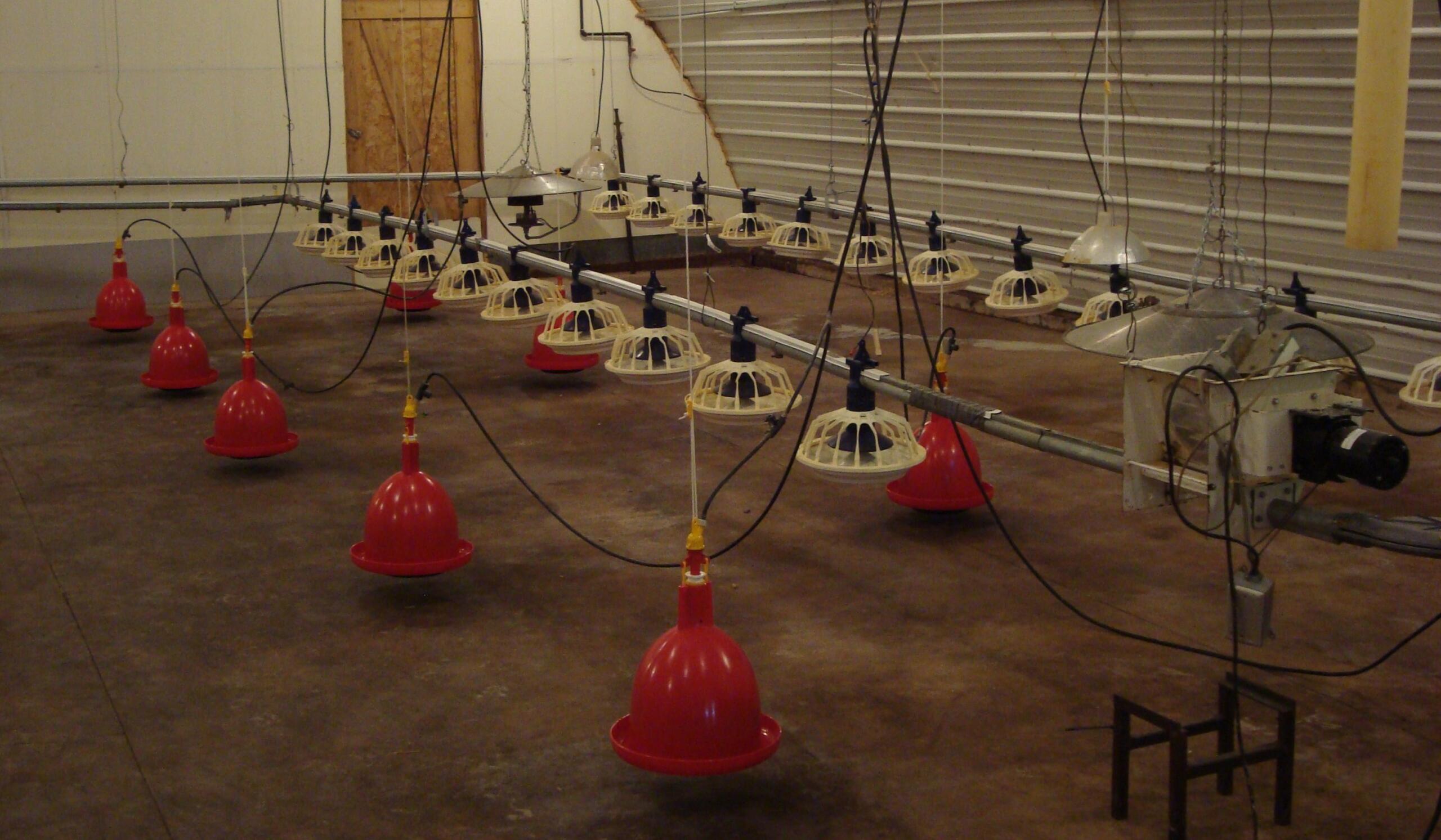
6 Feed and Water Procedures to Keep MacFarlane Pheasants Healthy
Read Post

Advice on what protein % feed to use for your pheasants.
Read Post

All Pheasant Feed Is Not Created Equal
Read Post
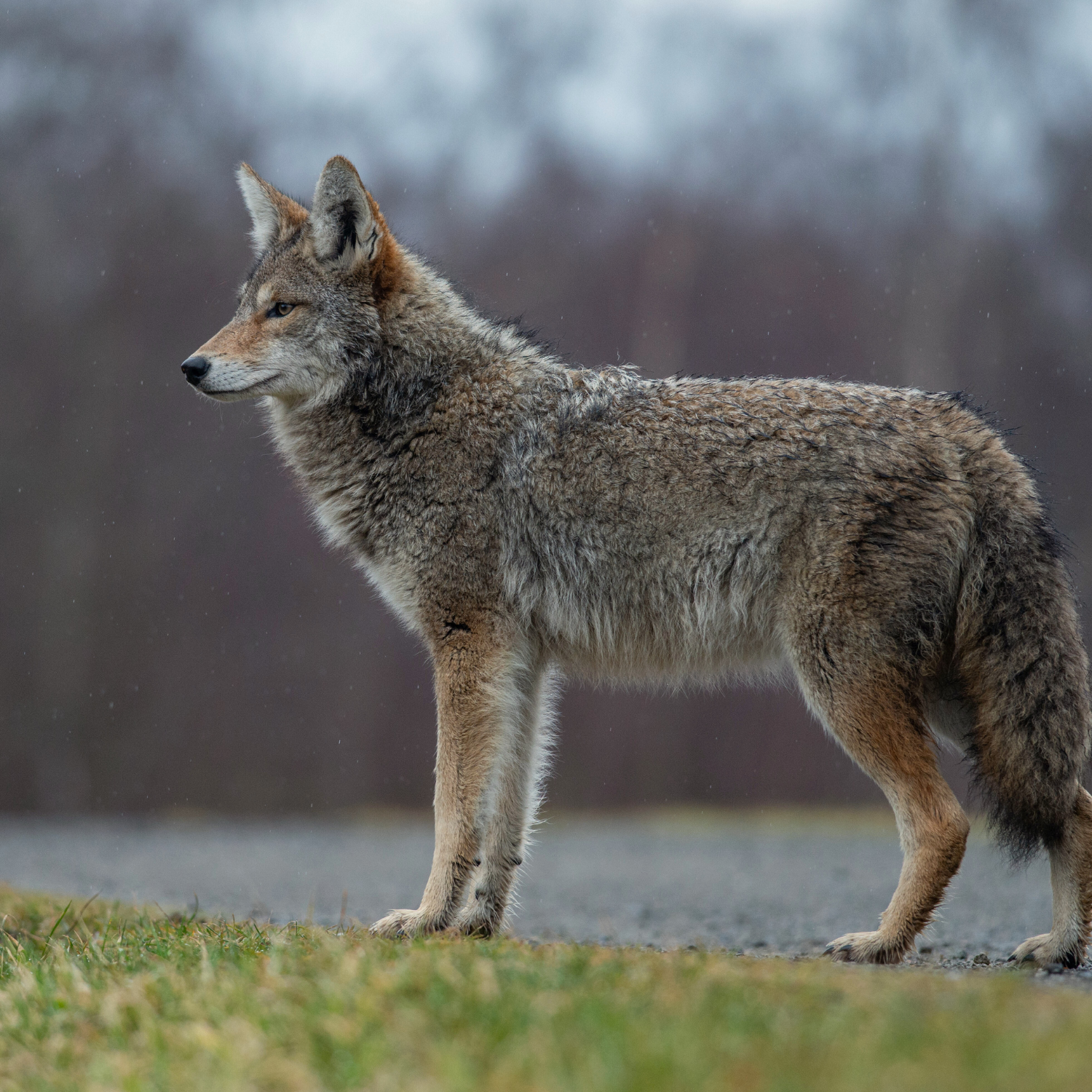
A Pheasant Farm’s Most Wanted List
Read Post
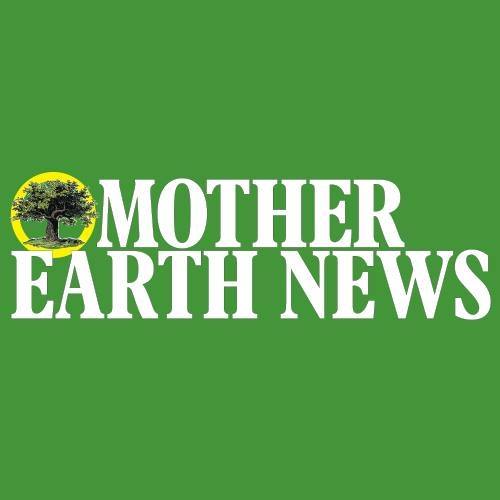
Bill MacFarlane Featured In Mother Earth News!
Read Post
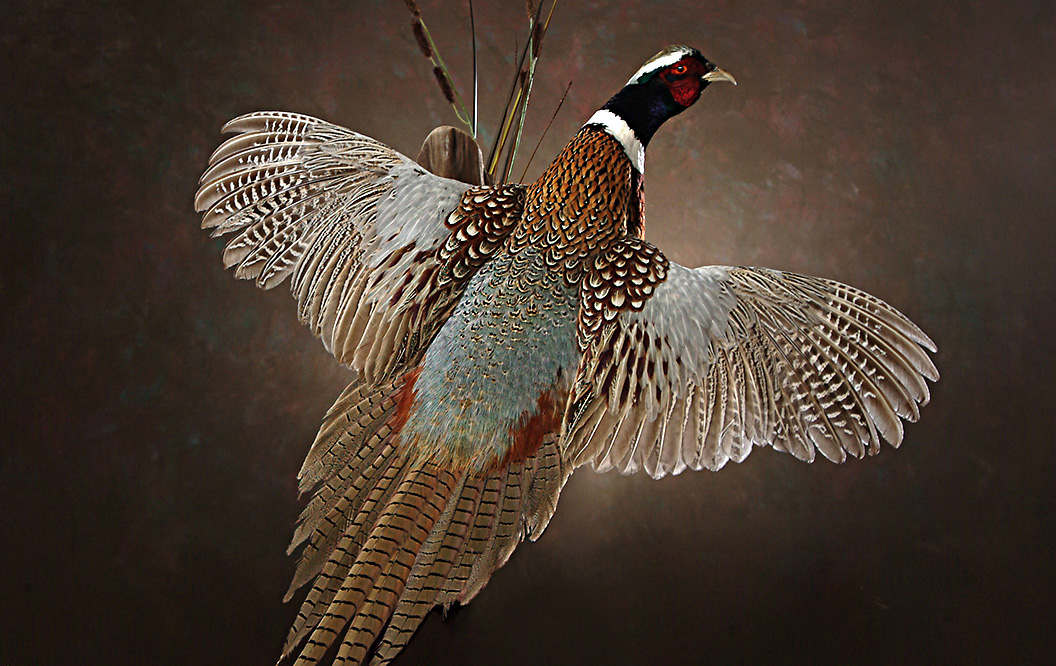
Birds For Mounting
Read Post
Take Advantage of These Free Resources
As the biggest game bird farm in the United States, we want to share our experience with you. Download our free resources below and get started.

